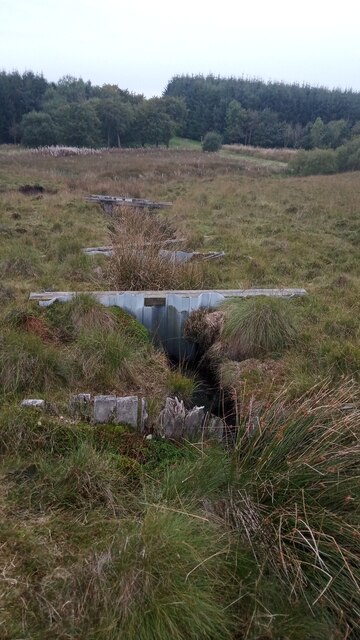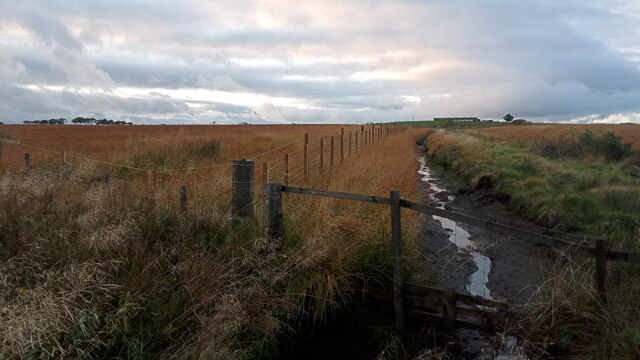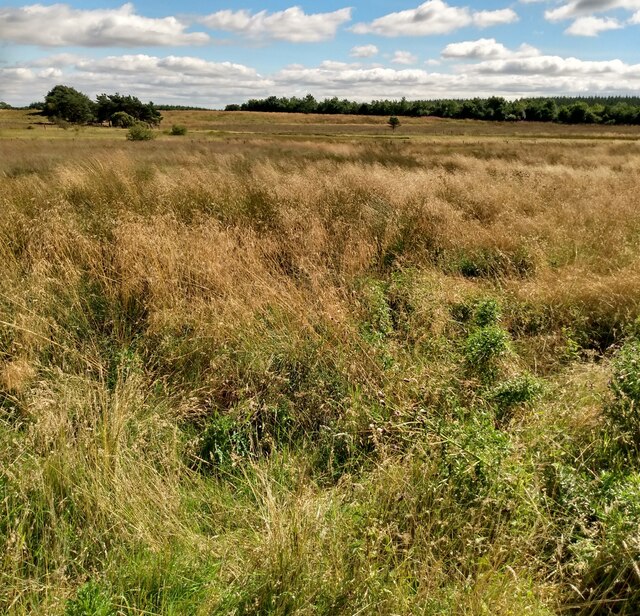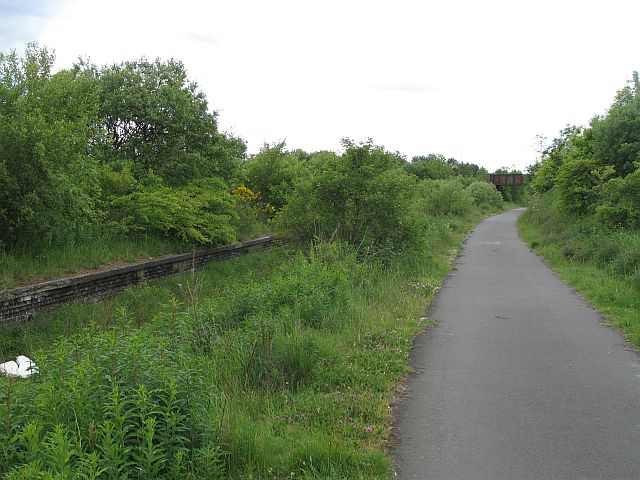Blawhorn Wood
Wood, Forest in West Lothian
Scotland
Blawhorn Wood

Blawhorn Wood is a picturesque woodland located in West Lothian, Scotland. Spread over an area of approximately 50 hectares, it is a natural haven for wildlife and a popular destination for nature enthusiasts. The wood is situated near the village of Westfield, about 10 miles from the town of Bathgate.
The woodland features a diverse range of trees, including oak, birch, and hazel, which create a dense canopy providing shade and shelter for a variety of flora and fauna. The forest floor is adorned with a carpet of bluebells during the spring, creating a stunning visual display.
Blawhorn Wood is home to a rich ecosystem, with numerous bird species nesting in its trees, including woodpeckers, owls, and various songbirds. The wood is also inhabited by mammals such as foxes, badgers, and deer, making it an ideal location for wildlife spotting and photography.
Visitors to Blawhorn Wood can explore a network of well-maintained footpaths that wind through the woodland, offering opportunities for leisurely walks and hikes. The paths meander alongside a tranquil stream, adding to the serene ambiance of the forest.
The wood is managed by a local conservation group that works to maintain its natural beauty and protect its wildlife. They organize educational events and guided walks, allowing visitors to learn about the woodland's ecology and history.
Blawhorn Wood is a hidden gem in West Lothian, offering a peaceful retreat where visitors can connect with nature and enjoy the tranquility of the Scottish countryside.
If you have any feedback on the listing, please let us know in the comments section below.
Blawhorn Wood Images
Images are sourced within 2km of 55.888559/-3.7842665 or Grid Reference NS8867. Thanks to Geograph Open Source API. All images are credited.



Blawhorn Wood is located at Grid Ref: NS8867 (Lat: 55.888559, Lng: -3.7842665)
Unitary Authority: West Lothian
Police Authority: The Lothians and Scottish Borders
What 3 Words
///cello.imperious.amazed. Near Blackridge, West Lothian
Nearby Locations
Related Wikis
Blawhorn Moss
Blawhorn Moss is a raised bog located to the northwest of the village of Blackridge, about 6 kilometres (3.7 mi) west of Armadale in the council area of...
Hillend Loch Railway Path
The Hillend Loch Railway Path, also known as the Airdrie to Bathgate Railway Path, is a rail trail located in central Scotland. The path is approximately...
Blackridge, West Lothian
Blackridge (Scots: Blackrig, Scottish Gaelic: An Druim Dubh) is a small town in the western part of West Lothian, Scotland. The village name dates to 1581...
Westcraigs (1st station) railway station
Westcraigs railway station served the area of West Craigs (Blackridge) in West Lothian, Scotland, from 1862 to 1956 on the Bathgate and Coatbridge Railway...
Nearby Amenities
Located within 500m of 55.888559,-3.7842665Have you been to Blawhorn Wood?
Leave your review of Blawhorn Wood below (or comments, questions and feedback).

















